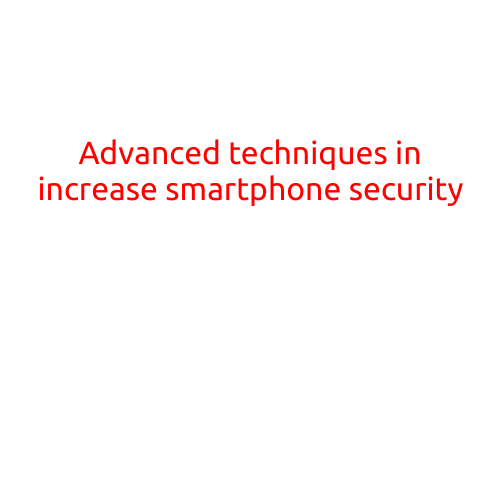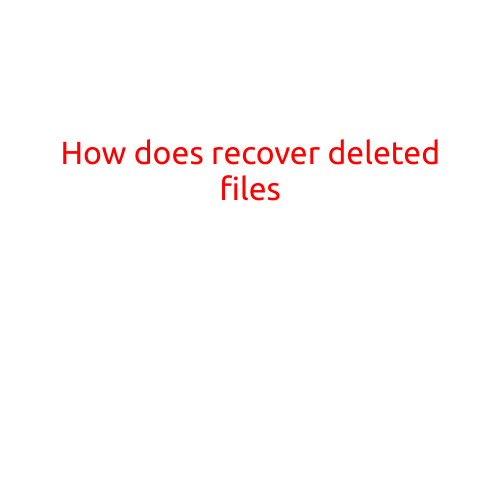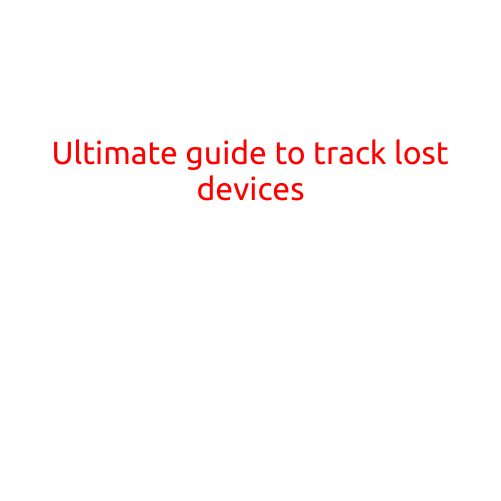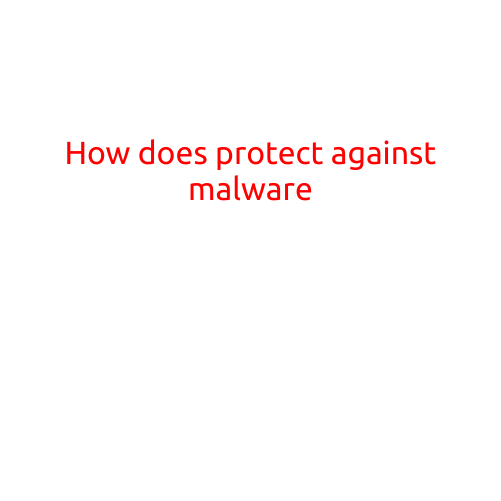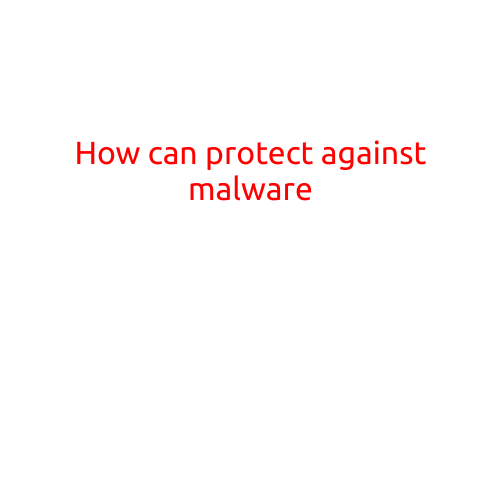
How to Protect Against Malware
In today’s digital age, malware has become a significant threat to individuals and organizations alike. Malware, which includes viruses, Trojans, spyware, and other forms of malicious software, can compromise the security of your devices, steal your personal data, and cause financial losses. However, by taking a few simple steps, you can protect yourself against malware and ensure the safety of your digital assets.
Stay Informed
The first step in protecting against malware is to stay informed. Keep yourself updated on the latest malware threats and tactics used by cybercriminals. You can stay informed by:
- Following reputable cybersecurity blogs and news sources
- Participating in online forums and discussions related to cybersecurity
- Staying up-to-date with the latest security patches and updates for your operating system and software
Use Strong Antivirus Software
Antivirus software is a crucial tool in protecting against malware. Look for antivirus software that:
- Has a high detection rate for malware
- Offers real-time protection against malware
- Includes features such as firewall protection, email scanning, and browser protection
- Has a user-friendly interface and is easy to use
Some popular antivirus software options include Norton Antivirus, McAfee Antivirus, and Kaspersky Antivirus.
Be Cautious with Email Attachments and Links
Email attachments and links are common vectors for malware. Be cautious when opening email attachments or clicking on links from unfamiliar sources. Additionally, avoid:
- Opening attachments from unknown senders
- Clicking on links from unknown sources
- Entering personal information or login credentials on unfamiliar websites
Use Strong Passwords and Enable Two-Factor Authentication
Weak passwords and lack of two-factor authentication can make it easy for cybercriminals to gain access to your devices and accounts. Use strong, unique passwords for each account, and enable two-factor authentication whenever possible.
Keep Your Software Up-to-Date
Outdated software can leave you vulnerable to malware attacks. Make sure to:
- Keep your operating system and software up-to-date with the latest patches and updates
- Use a software update tool such as Windows Update or macOS Software Update
- Avoid using outdated software that is no longer supported by the manufacturer
Use a Firewall
A firewall can help block malware from entering your device. Windows and macOS come with built-in firewalls, and you can also use third-party firewall software such as firewall software from Kaspersky or Norton.
Back Up Your Data
Regular backups can help you recover from malware attacks. Make sure to:
- Back up your important files and data to an external hard drive or cloud storage service
- Use a backup software that is reputable and easy to use
- Keep your backup files separate from your primary storage device
Use a Secure Search Engine
Search engines can be a source of malware. Use a secure search engine such as Google or Bing, and avoid using open-source search engines that may be more susceptible to malware.
Avoid Using Public Wi-Fi
Public Wi-Fi networks can be contaminated with malware. Avoid using public Wi-Fi networks for sensitive activities such as online banking or shopping.
Use a Virtual Private Network (VPN)
A VPN can help encrypt your internet connection and protect you from malware. Look for a VPN service that:
- Has a strong security rating and is reputable
- Offers fast speeds and unlimited bandwidth
- Has a user-friendly interface and is easy to use
Perform Regular System Checks
Regular system checks can help you detect and remove malware. Use a malware removal tool such as Malwarebytes or HitmanPro, and perform regular system checks to ensure your device is free from malware.
By following these simple steps, you can protect yourself against malware and ensure the safety of your digital assets. Remember to stay informed, use strong antivirus software, be cautious with email attachments and links, use strong passwords and enable two-factor authentication, keep your software up-to-date, use a firewall, back up your data, use a secure search engine, avoid using public Wi-Fi, use a VPN, and perform regular system checks.

